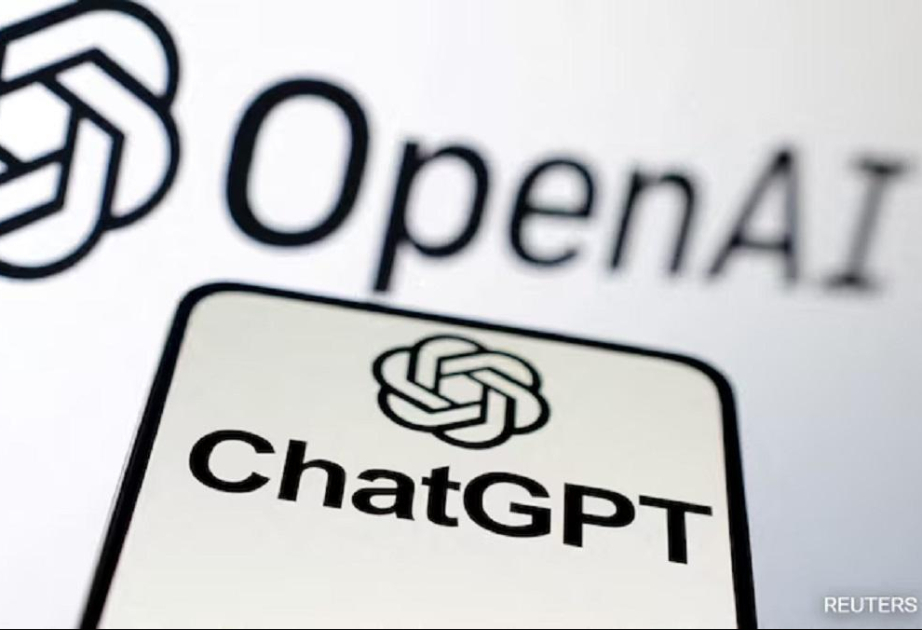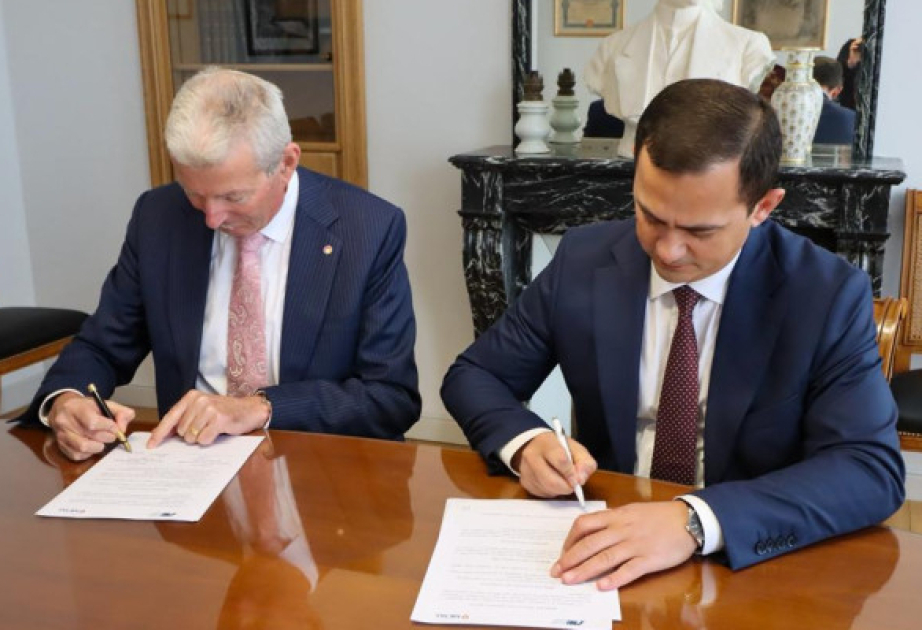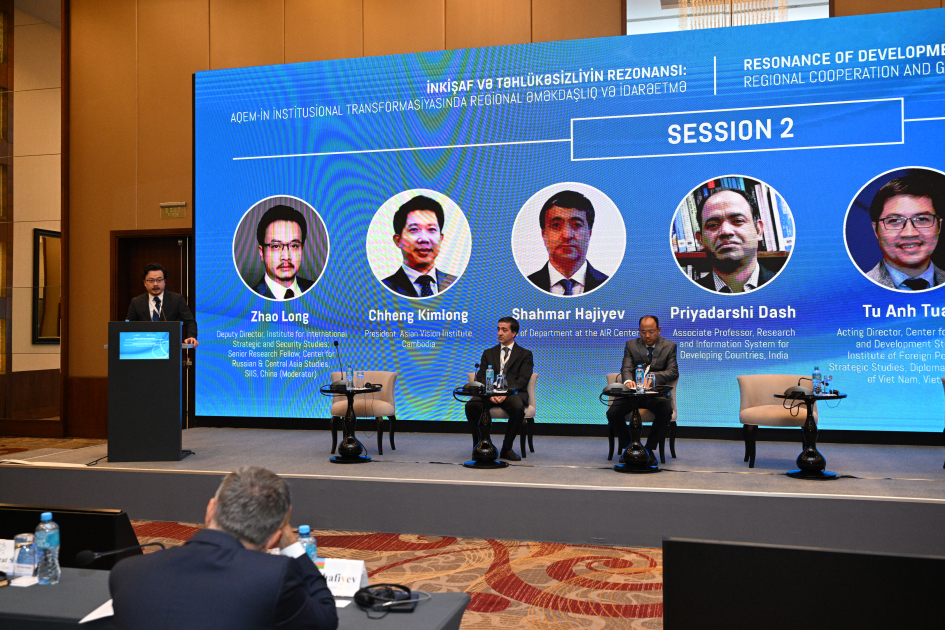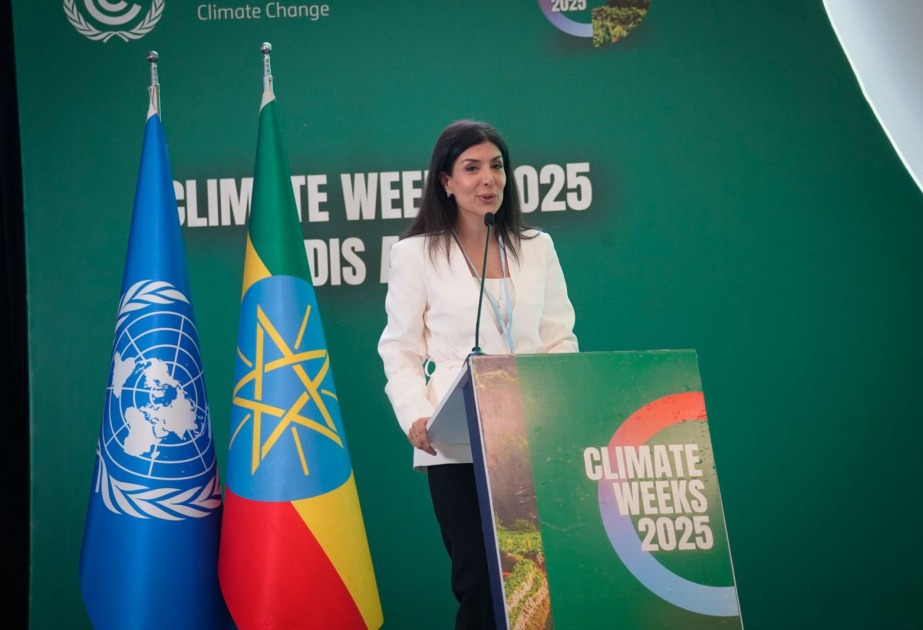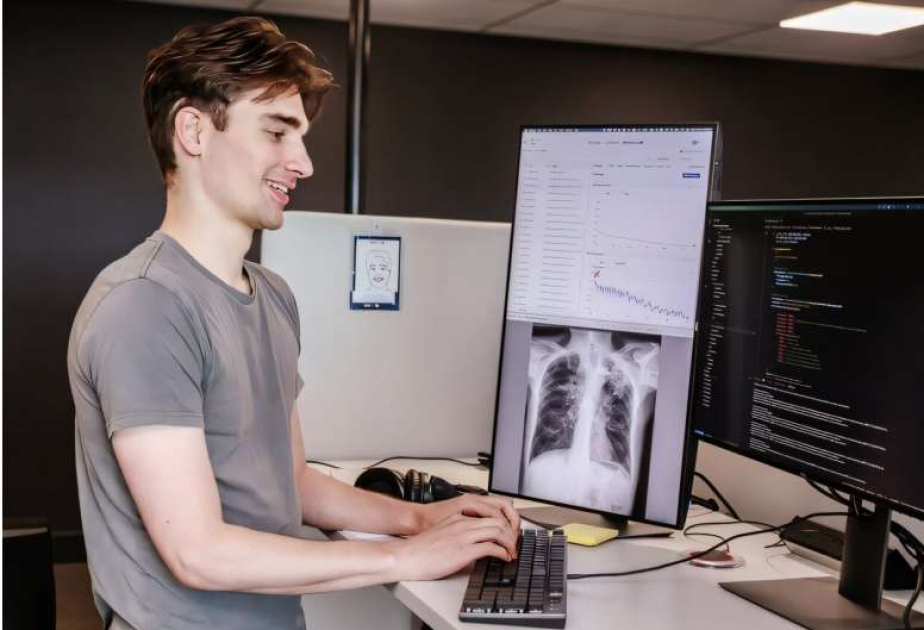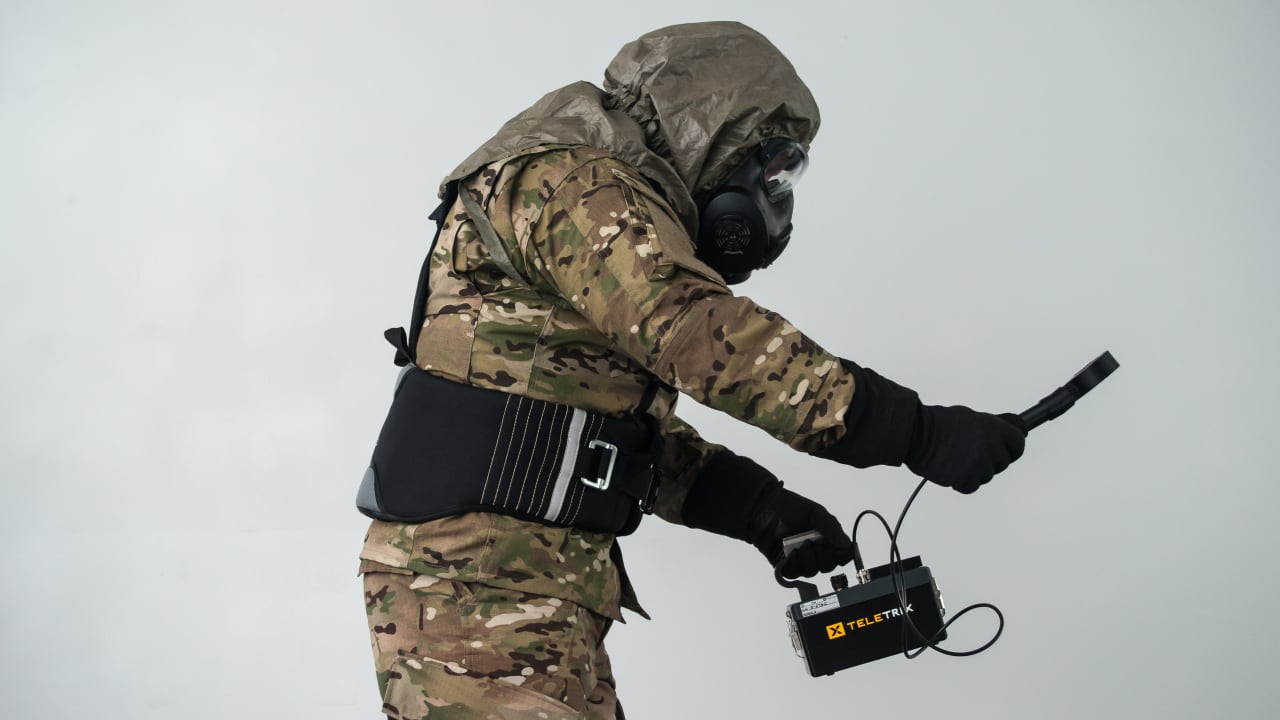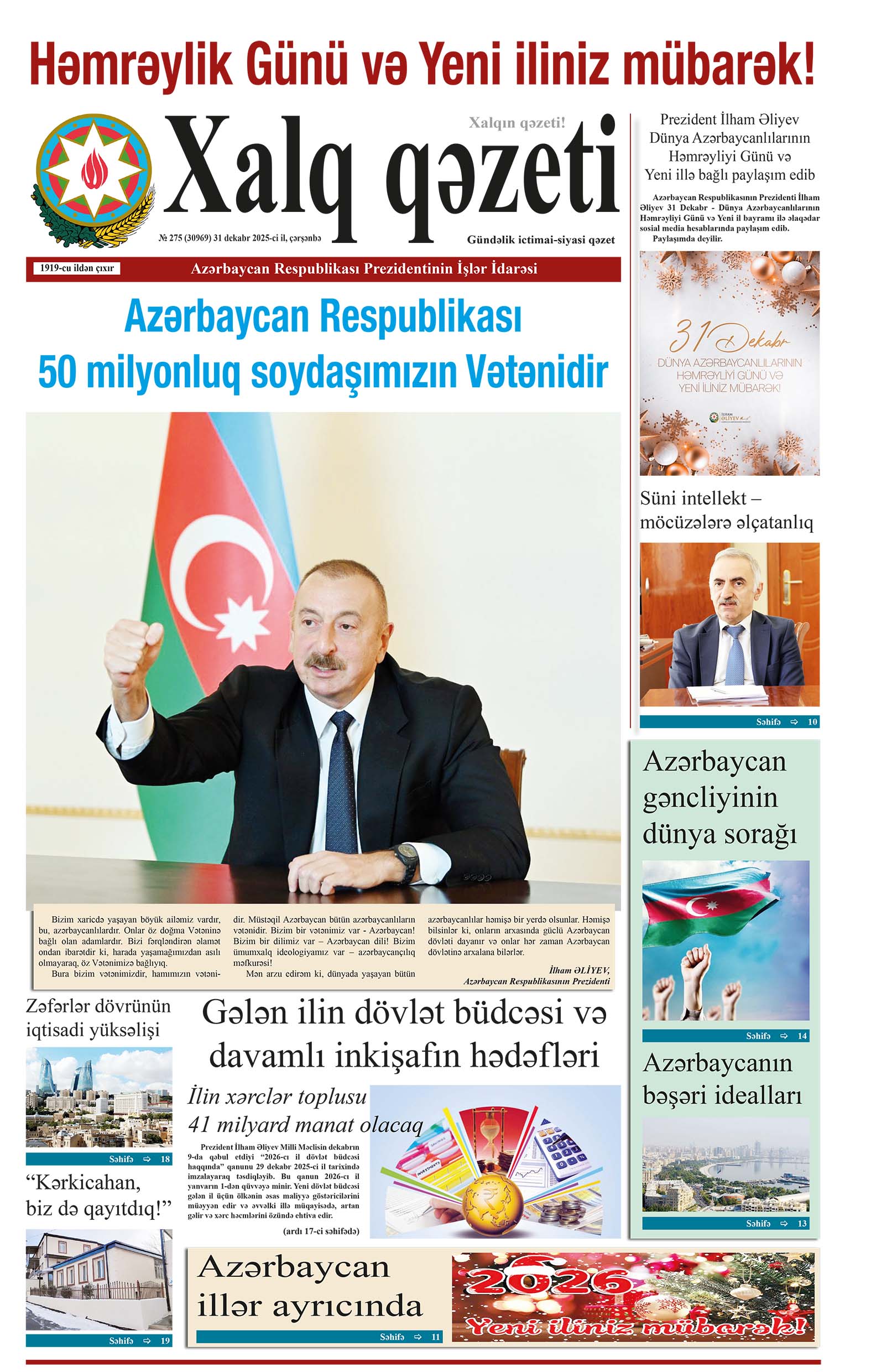This E-tongue mimicks human taste and recommends wine with different foods
Scientists have created something called an electronic tongue, or an E-tongue, which acts like human tongues which have a sense of taste, according to the Interesting Engineering.
This E-tongue can identify four tastes – saltiness, sourness, astringency, and sweetness – in just a tiny bit of food, and uses deep-learning technology to understand taste. It even works well with different kinds of wines.
The E-tongue is like a super tool that can be used in different industries like food, drinks, makeup, and medicine, explained the researchers in a press release by Daegu Gyeongbuk Institute of Science & Technology (DGIST).
“The novel technology developed in this study is an electronic tongue system that integrates sensors and deep learning and measures complex flavors, and it is a sensor-deep-learning technology that can quantitatively evaluate taste, which was difficult in the past,” said Professor Kyung-In Jang from the DGIST Department of Robotics and Mechanical and Electronic Engineering.
The research teams invented four sensors, each designed to detect a specific taste (like saltiness, sweetness, etc.). They also came up with a tiny structure for these sensors, only a few millimeters in size, to make sure they can measure tastes reliably and consistently.
However, there are two big challenges. First, it's hard for the E-tongue to figure out the actual taste because different flavors can interact in tricky ways. Second, it needs to be reliable, especially when things are changing a lot.
The study found that the E-tongue's taste matches up with what people say online, although there are still some differences. To reduce the inconsistencies observed, a new system was created for the artificial E-tongue.
This system uses a prototype-based classifier with soft voting. Essentially, it's a smart way to make the E-tongue work better and give more accurate results by considering different factors.
Eventually, the new and improved E-tongue got really good at telling apart six different wines, even when some of the data was not perfect. They also used it to suggest wines people might like based on their taste preferences.
“We have confirmed that the system can distinguish taste with a high probability through testing with wine,” added Professor Jang. “We will further develop this research into technologies that can be used in the food industry and diverse fields, such as the cosmetics or pharmaceutical industry.”
The study was published in the journal ACS Applied Materials & Interfaces.
The electronic tongue (E-tongue) system has emerged as a significant innovation, aiming to replicate the complexity of human taste perception. In spite of the advancements in E-tongue technologies, two primary challenges remain to be addressed. First, evaluating the actual taste is complex due to interactions between taste and substances, such as synergistic and suppressive effects. Second, ensuring reliable outcomes in dynamic conditions, particularly when faced with high deviation error data, presents a significant challenge. The present study introduces a bioinspired artificial E-tongue system that mimics the gustatory system by integrating multiple arrays of taste sensors to emulate taste buds in the human tongue and incorporating a customized deep-learning algorithm for taste interpretation. The developed E-tongue system is capable of detecting four distinct tastes in a single drop of dietary compounds, such as saltiness, sourness, astringency, and sweetness, demonstrating notable reversibility and selectivity. The taste profiles of six different wines are obtained by the E-tongue system and demonstrated similarities in taste trends between the E-tongue system and user reviews from online, although some disparities still exist. To mitigate these disparities, a prototype-based classifier with soft voting is devised and implemented for the artificial E-tongue system. The artificial E-tongue system achieved a high classification accuracy of ∼95% in distinguishing among six different wines and ∼90% accuracy even in an environment where more than 1/3 of the data contained errors. Moreover, by harnessing the capabilities of deep learning technology, a recommendation system was demonstrated to enhance the user experience.


.jpg)
